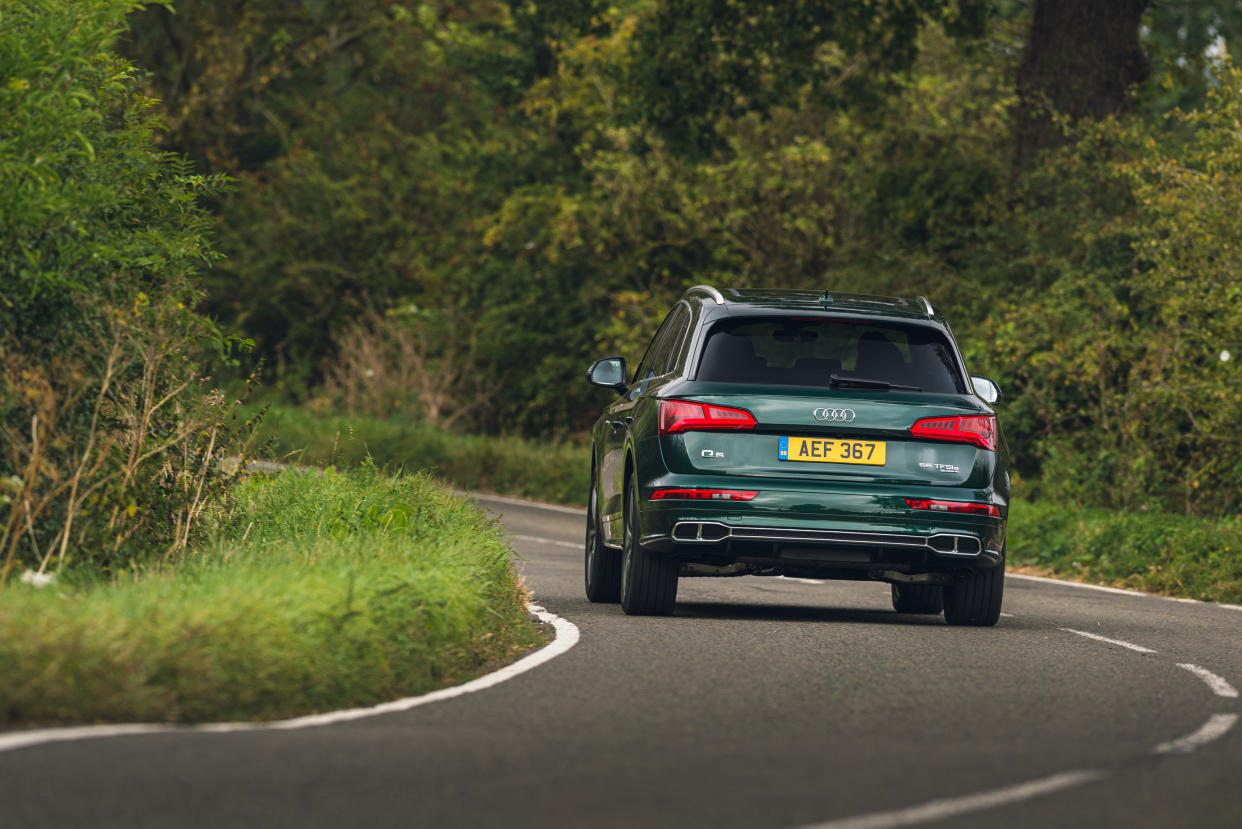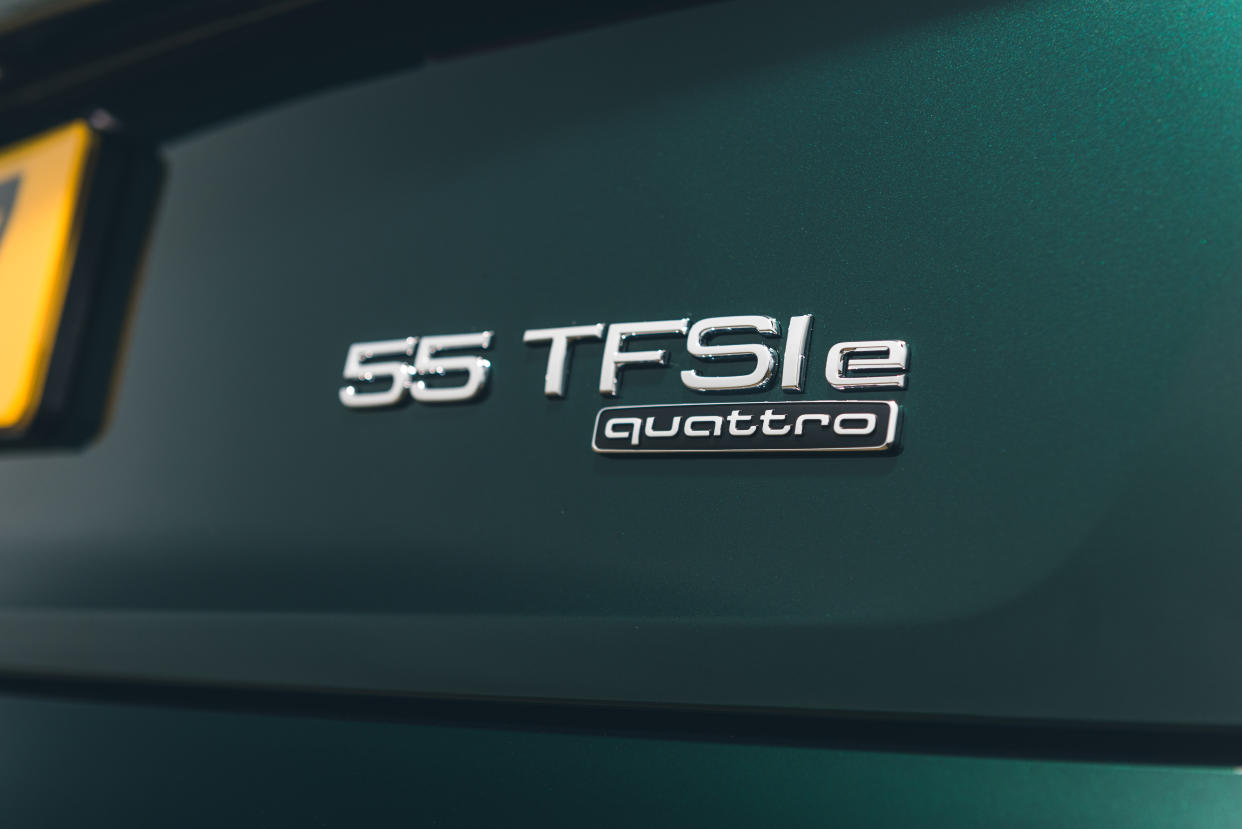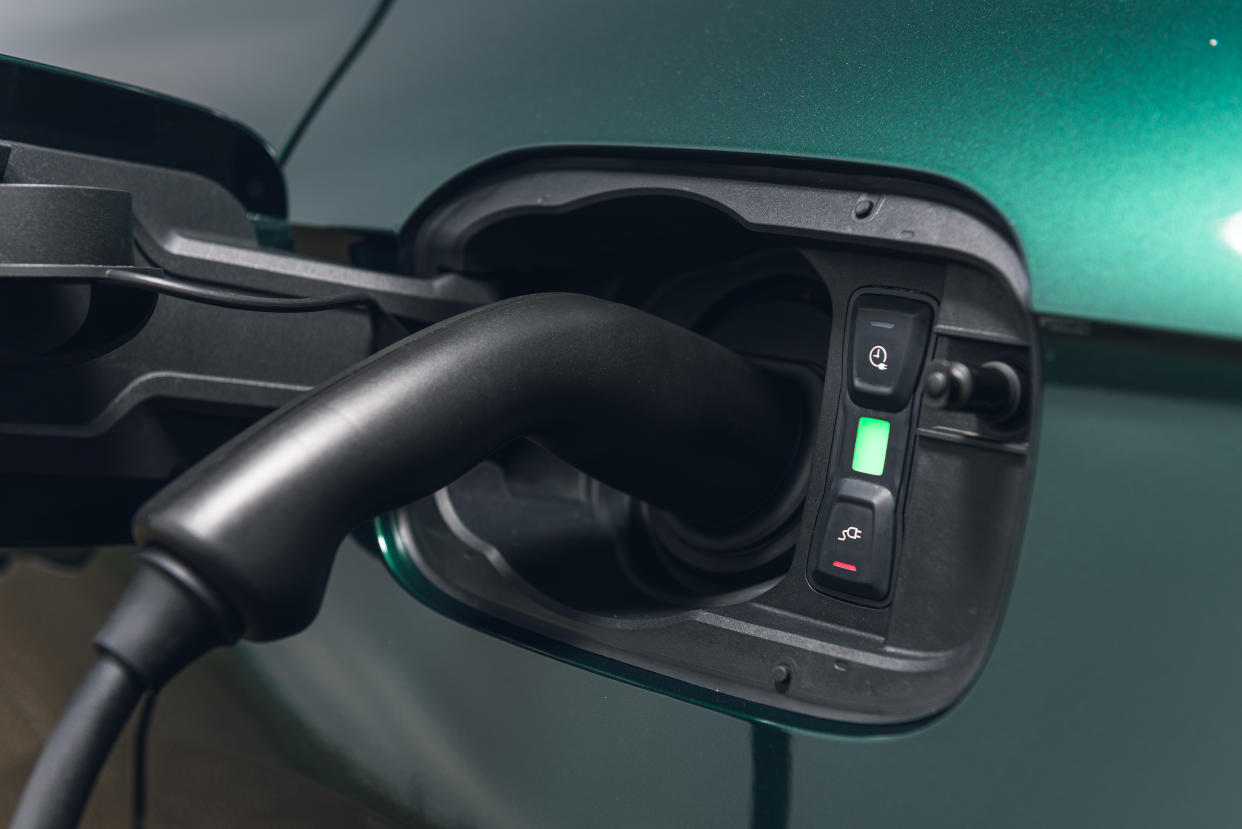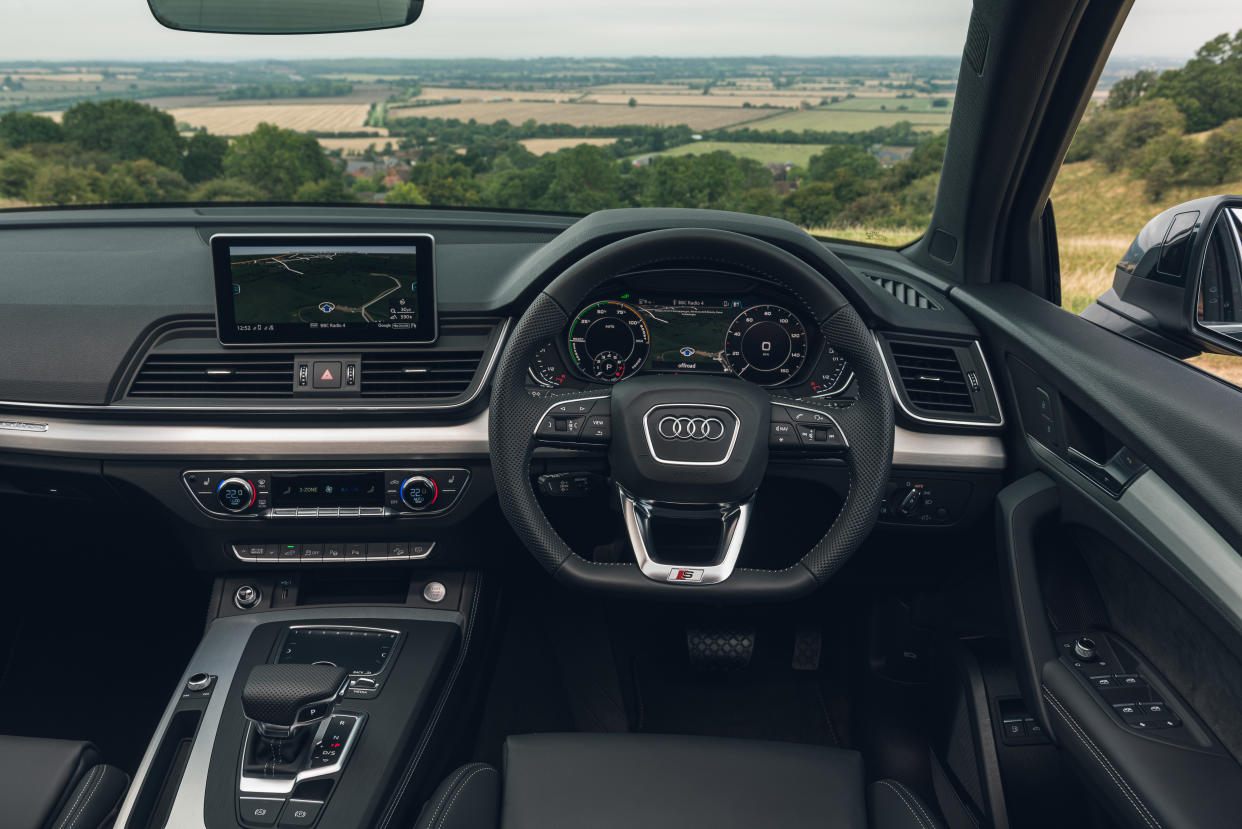First Drive: Audi’s Q5 55 TFSI e is an efficient take on a premium SUV

What is it?
It’s easy to understand why car manufacturers are combining hybrid technology and SUVs. The interest in both, after all, is at a fever pitch – so it makes sense to amalgamate the two. One of the latest examples is the Q5 55 TFSI e – the car we’re testing today – and it’s been designed to offer everything people love about a mid-sized SUV with the lower running costs that an electrified powertrain theoretically brings.

But can it get the balance between the two right? We’ve been out and about in the Q5 hybrid to find out…
What’s new?
Obviously, that hybrid powertrain is a big change in the Q5, but we’ll look at that in a little more depth later on. Elsewhere, things are largely unedited. It sits on the regular but refreshed Q5 platform. This means that the interior has been given a light update and the exterior has been graced with a series of nip-and-tuck features too.

It’s not a ground-up new model, that’s for sure, but the changes which have been made have been implemented to allow the Q5 to keep pace with key rivals.
What’s under the bonnet?
It’s under the bonnet where things get interesting. You’ll find a 2.0-litre turbocharged petrol residing under it, and here it’s linked to an electric motor and battery. When combined, the result is a healthy 362bhp and 500Nm of torque, making it far punchier than you’d expect. In fact, 0-60mph takes just over five seconds, which puts this Q5 only just behind the performance-orientated SQ5, in fact.
Audi claims that you could potentially see up to 108mpg combined, but this relies on the batteries being fully charged. Emissions of 49g/km CO2 are impressive, however. The Q5 can offer a reasonable all-electric range of 26 miles, meaning that those with shorter commutes or trips shouldn’t have to trouble the petrol engine too much.

When it comes to charging, you should be able to replenish the Q5’s batteries to full from flat in around six hours via a conventional domestic three-pin socket.
What’s it like to drive?
From a start, the Q5 gives you that blissfully serene driving experience that you only get with hybrids. Around town, it’s quiet, refined and pleasingly easy to drive. You can lock the car in all-electric mode, too, so in urban areas, there’s little need to go near the engine.

Providing you keep charge in the batteries there’s performance, too. However, once you’re out of juice and you’re left on engine power alone, efficiency and performance do take a downwards spiral. The 2.0-litre engine powering the affair is up to the job of getting the Q5 up to speed in a decent enough time, that’s for sure, but it just feels slightly blunted as a result of additional weight from the batteries that it has to lug around.
How does it look?
In truth, the hybrid Q5 looks just like any other Q5, and that’s likely to make it an appealing prospect to those people who don’t want to shout about their electrified car ownership. It’s a smart-looking thing, for sure, and it’s only the additional fuel cap cover that really gives away the car’s hybrid nature.

It remains an elegant design and one which is likely to appeal to many. It’s certainly one of the more understated prospects in Audi’s range of SUVs.
What’s it like inside?
The interior of the Q5 is spacious and well built – so just what you’d expect to find from an Audi SUV. The front seats are supportive and there’s tons of oddment storage too, while the driving position is also spot-on. Those in the back aren’t going to be complaining about a lack of space, either, though it can feel a little dark and claustrophobic at times.

When it comes to boot space there isn’t too much of a penalty levelled at the Q5 because of its batteries. It’s down by 95 litres compared to the standard Q5, but that still puts boot room at a very useable 450 litres – so there’s more than enough room for most occasions. What is annoying, however, is the sheer size of the charging cables and the bag in which to put them – there’s no underfloor storage area for them, and they take up a huge portion of the load area.
What’s the spec like?
As a result of being refreshed rather than an all-new model, the Q5 doesn’t benefit from the very latest in-car tech that Audi has to offer. So rather than the new twin-screen setup that we’ve become accustomed to seeing in cars such as the Q7 and Q8, the Q5 makes do with an older, ‘floating’ style screen without touch-sensitive capability.

This isn’t so much of a bother for the most part but seeing as Audi has seen fit to include Apple CarPlay and Android Auto it becomes a major drawback. A lack of touchscreen makes using both of these otherwise second-nature systems properly cumbersome and puts you off from using them. It’s a small niggle, but one which does detract from the overall user experience.
Verdict
The Q5 hybrid is a mixture of the good and the bad. On the one hand, that all-electric range makes it ideally suited for those with shorter commutes or drives who can make the most of the low-running costs associated with cars you can plug in.
However, for longer journeys (which is where the Q5 traditionally thrives) it’s simply not as efficient as conventional models. Add into the mix a high list price, and unless you’re adamant on a hybrid with four rings on the front, you might be better off opting for a more traditionally-driven Q5.
Model as tested: Audi Q5 55 TFSI e quattro
Price (as tested): £61,805
Engine: 2.0-litre turbocharged petrol engine with electric motor
Power: 362bhp
Torque: 500Nm
Max speed: 148mph
0-60mph: 5.1seconds
MPG: 108.6
Emissions: 49g/km CO2
Electric range: 26


